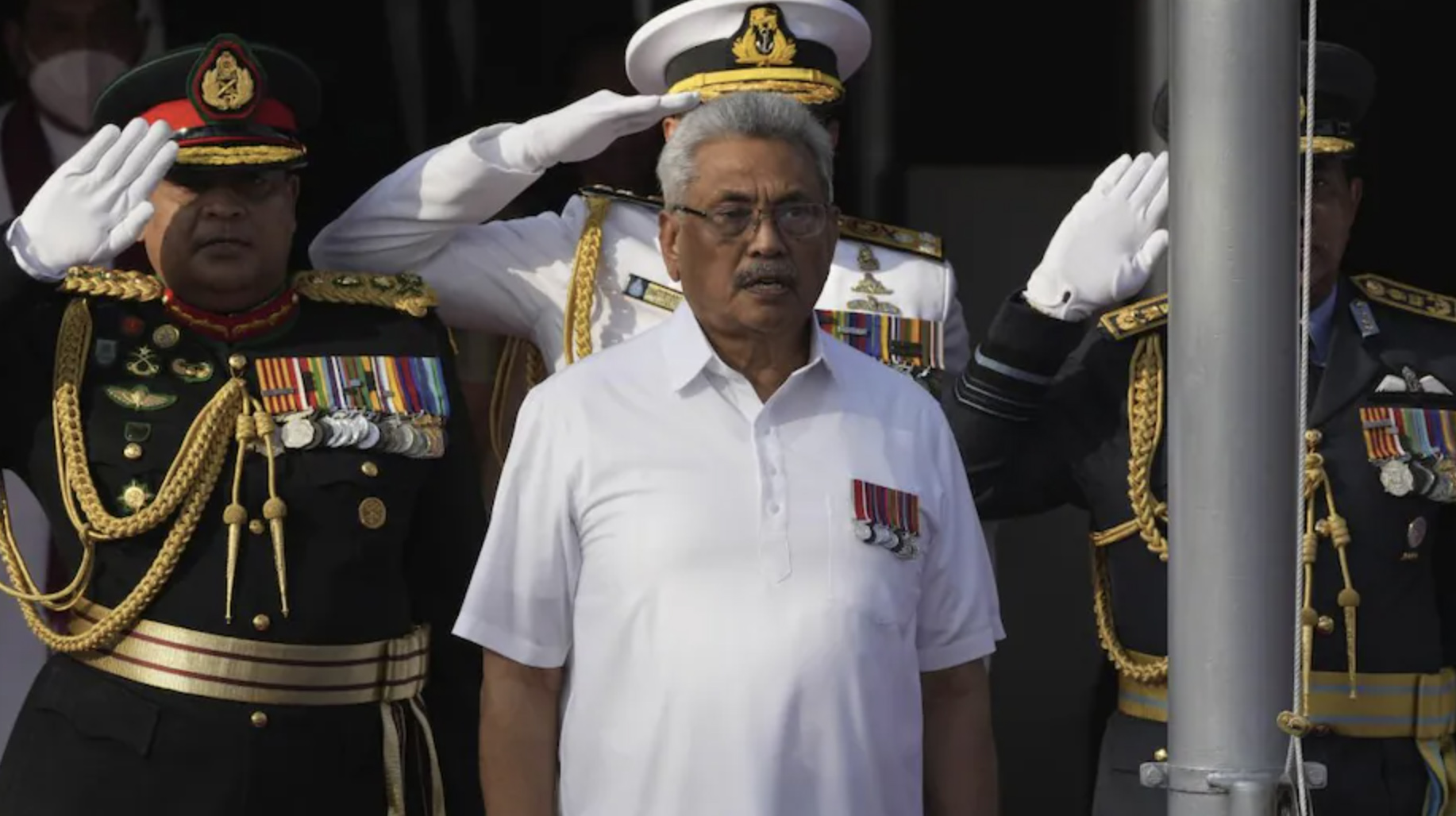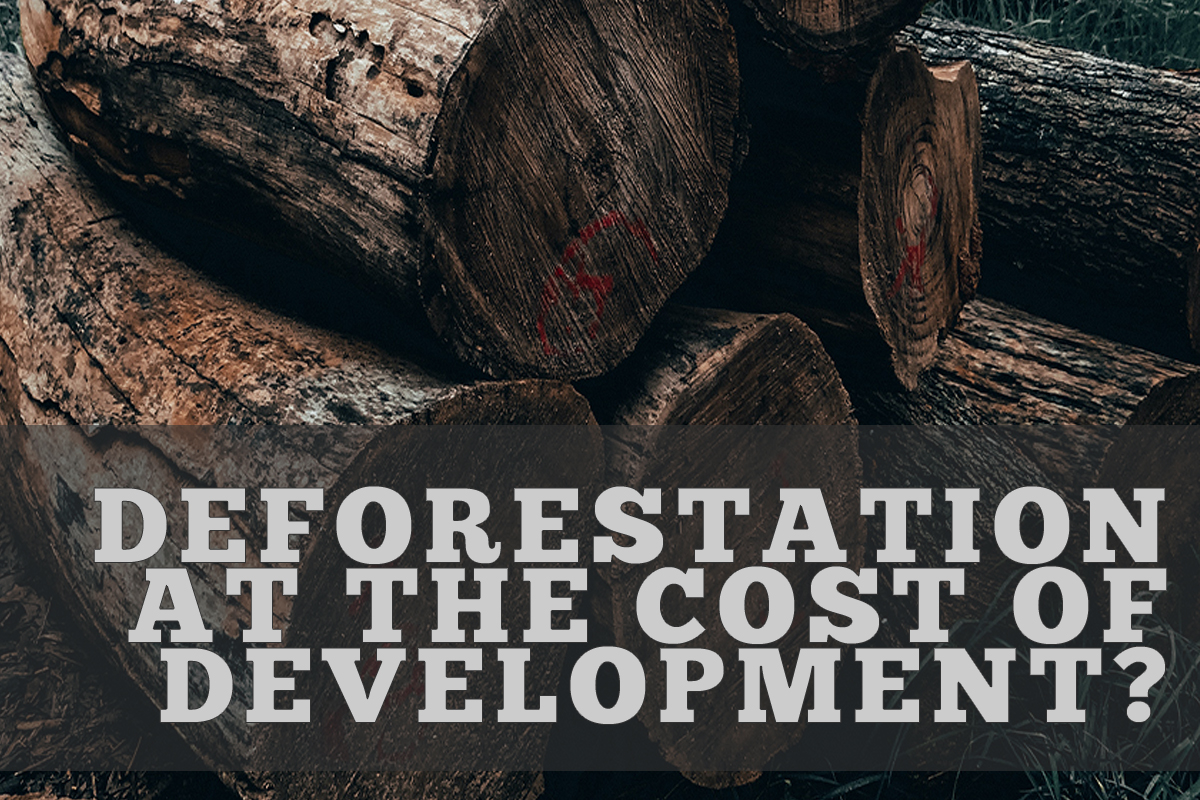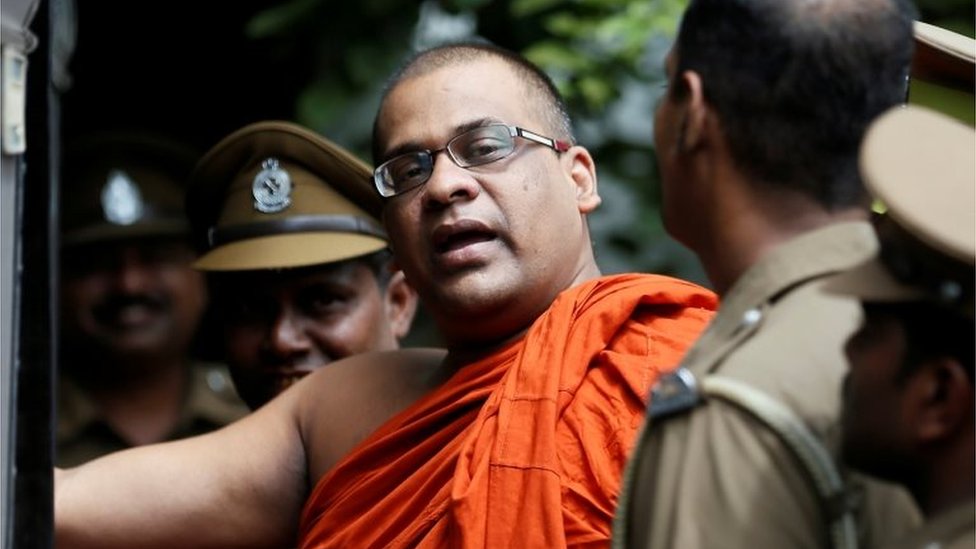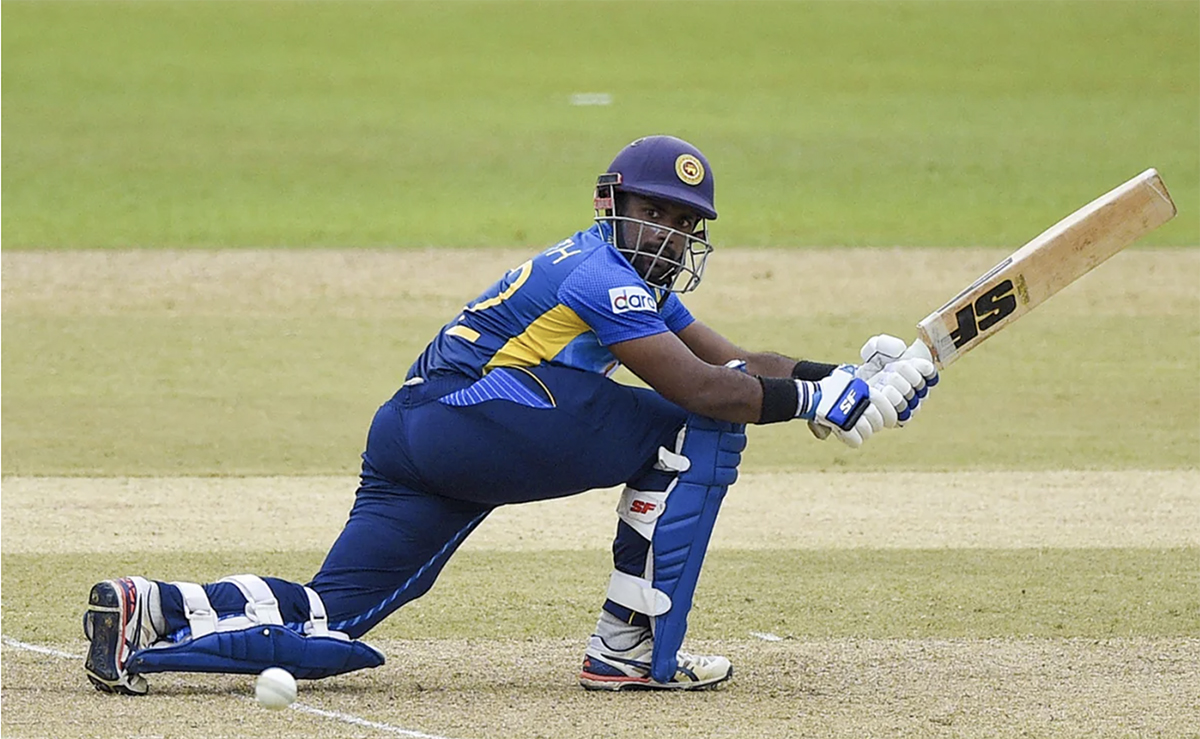Syria’s New Dawn: The End of Assad’s Rule and the Challenges Ahead

On Monday, Syrians awoke to a future filled with both hope and uncertainty as rebels seized the capital, Damascus, and President Bashar al-Assad fled to Russia, marking a historic and pivotal moment in the country’s prolonged civil war. After 13 years of brutal conflict, and more than 50 years of Assad family rule, the fall of the regime signals the end of one of the most enduring autocratic regimes in the Middle East.
The rapid advance of a militia alliance, led by Hayat al-Tahrir al-Sham (HTS) a former al-Qaeda affiliate has reshaped the geopolitical landscape of the region. Assad’s departure not only eliminates a major pillar of Iranian and Russian influence in the Arab world but also marks a significant shift in Syria’s future trajectory. Moscow, a key ally of Assad, granted him asylum, along with his family, effectively removing the last vestiges of his government. Russian media reported the development, with Mikhail Ulyanov, Russia’s ambassador to international organizations in Vienna, confirming the news on his Telegram channel.
A Geopolitical Shake-Up
International governments reacted with mixed emotions, welcoming the fall of Assad’s autocratic regime but also acknowledging the uncertain path ahead for Syria. U.S. President Joe Biden expressed concerns over the risks and uncertainties facing the country, noting that for the first time in years, Russia, Iran, and Hezbollah no longer hold significant influence over Syria’s future. The collapse of the Assad regime also has wider implications for the region: it severely limits Iran’s ability to transfer weapons to its allies and could potentially force Russia to vacate its Mediterranean naval base in Tartus.
The international community is already turning its attention to the fate of the millions of Syrian refugees who have been displaced across neighboring countries like Turkey, Lebanon, and Jordan. With Assad gone, many hope that these refugees—who have endured a decade-long humanitarian crisis—may finally return home to rebuild their lives.
The Role of HTS and Syria’s Future
Hayat al-Tahrir al-Sham (HTS), which spearheaded the rebel offensive, has been a controversial force in Syria’s conflict. Though still designated a terrorist group by the U.S., Turkey, and the United Nations, HTS has made efforts in recent years to soften its image and portray itself as a more moderate entity. Despite its ongoing ties to extremist ideologies, HTS now stands at the helm of Syria’s future.
HTS leader, Ahmed al-Sharaa, better known as Abu Mohammad al-Golani, delivered an impassioned speech to supporters on Sunday at the Umayyad Mosque in Damascus. The mosque, one of the most significant religious sites in Syria, served as a backdrop for Golani’s declaration that “a new history” was being written in the region. He envisioned a Syria reborn under HTS’s rule, one that would serve as a “beacon for the Islamic nation.” However, Syria’s complex demographic makeup—which includes Alawites, Christians, and other religious minorities—poses a significant challenge to HTS’s vision of governance.
While HTS may be dominant in the current moment, questions remain about its ability to lead in a country as diverse as Syria. Assad’s regime had been a staunch protector of the Alawite sect, an offshoot of Shi’ite Islam, which forms the backbone of his support. The future of these religious minorities, and their relationship with the Sunni-dominated HTS, remains a critical issue.
The Monumental Task of Rebuilding
The rebels now face the colossal task of rebuilding a country torn apart by over a decade of war. The war has left hundreds of thousands dead, cities in ruins, and an economy devastated by both conflict and international sanctions. Syria will require billions of dollars in aid to even begin the process of reconstruction, and international donors are already looking for assurances that the country will be governed in a way that guarantees stability and the protection of all its citizens.
In a telling moment, Mohammed Jalali, Assad’s former prime minister, expressed a willingness to meet with HTS leaders, suggesting that he was prepared to facilitate the transfer of power. “What concerns us today is the continuation of services for Syrians,” Jalali said, emphasizing the immediate need to restore basic services like healthcare, education, and utilities, which have been decimated during the conflict.
On the streets of Damascus, the mood was one of cautious celebration. The Assad police state one of the most repressive in the Middle East—had kept thousands of political prisoners in horrific conditions, and with the regime’s collapse, many of them were finally freed. Former inmates poured out of jails, some running through the streets in jubilant celebration, holding up their hands to show how many years they had spent behind bars.
However, this newfound freedom was tempered by the realization that the country was far from stable. A curfew was declared by the rebels, and while the streets of Damascus appeared calm on Monday morning, they were eerily quiet, with most shops closed and many areas patrolled by armed rebel fighters. Many of the vehicles in the city bore license plates from Idlib, the province from which the HTS-led offensive had been launched.
Looking Ahead: A New Chapter for Syria
The challenges facing Syria in the aftermath of Assad’s fall are immense. Yet, for many Syrians, the end of Assad’s brutal regime represents a long-awaited moment of hope, a chance to rebuild a nation shattered by years of conflict. For fighters like Firdous Omar from Jisr Shughour, who had been battling the Assad regime since 2011, the prospect of returning to civilian life is a dream come true. “We had a purpose and a goal,” Omar said, “and now we are done with it. We want the state and security forces to be in charge.”
The road to stability, however, will be anything but easy. HTS’s ability to govern, the inclusion of Syria’s diverse religious and ethnic communities in the new political framework, and the provision of much-needed aid will be key factors in determining whether Syria can rebuild and heal from the scars of war. As Syrians begin to chart a new course, the international community will undoubtedly be watching closely, hoping that the country’s next chapter will bring peace, justice, and reconstruction after years of devastation.
As Ahmed al-Sharaa put it, “a new history is being written,” but it remains to be seen whether this new chapter will bring Syria the peace and prosperity its people have long been denied.







